More about Signs
- All
- Info
- Shop
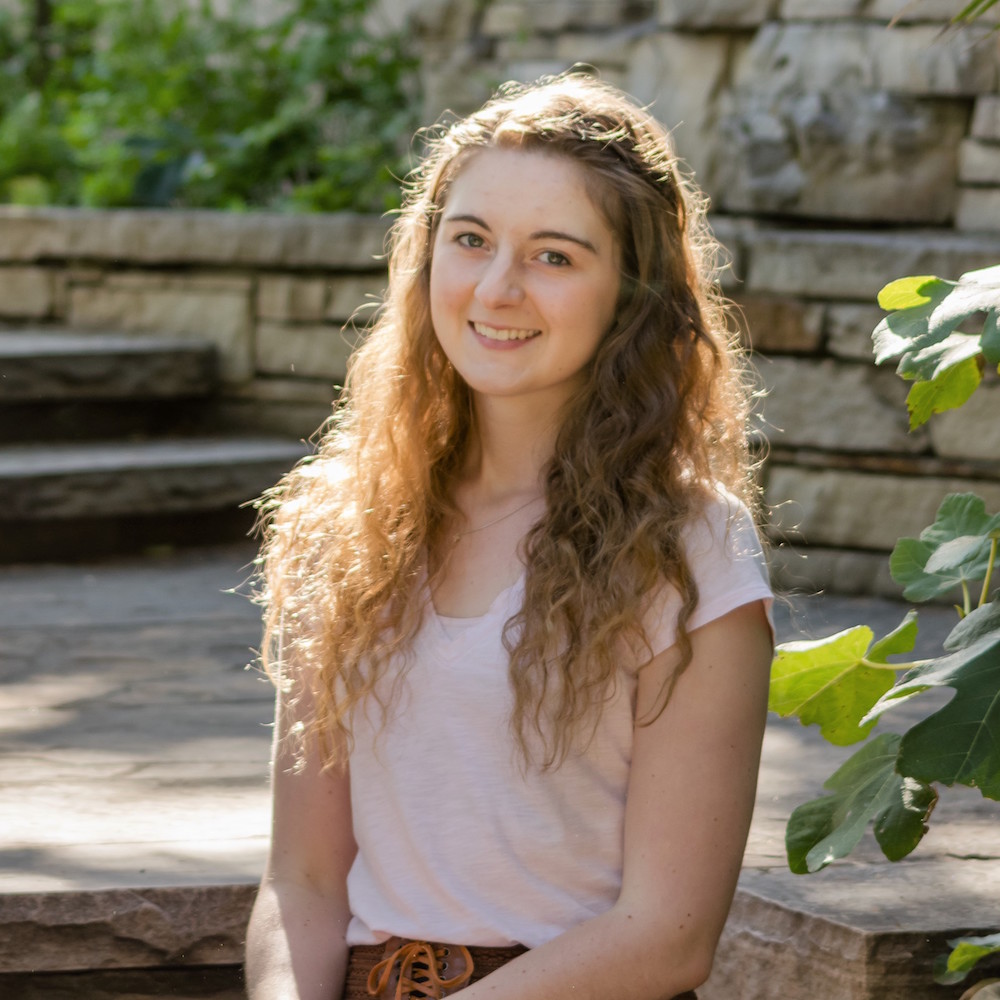
Contributor
This print really sums up the National Portrait Gallery in one go.
In 2017, I was a curatorial intern at the Smithsonian National Portrait Gallery, which means that I spent A LOT of time looking at famous people’s faces. Like, a lot. Robert Rauschenberg’s 1970 print Signs combines many such famous faces - like RFK, JFK, Martin Luther King Jr., Janis Joplin, and Buzz Aldrin. And it’s done with urgency and flair (something many of the older and more traditional portraits in the collection lack).
Signs captures the zeitgeist of the transition from the 1960s to the ‘70s in the USA. Rock ‘n Roll, Civil Rights, space travel, political turmoil, and the Vietnam War are all represented through the figures Rauschenberg selected in this portrait. They are layered and emotional, sexy and engaged. Rauschenberg demonstrates a clear knowledge of his contemporary news cycle - he’d likely nail the “headlines quiz” that the New York Times sends out every week in its Morning Briefing.
The piece is full of energy and angst; the colors are earthy and dark. There is something original about the combination of such different historical figures, and the ways in which they are arranged. Except that, oh yeah, it’s actually not so individual, but one of 250 editions. Even the scale of production captures America’s consumerist culture, and the rise of various forms of mass media. That’s a lot of pressure to put on one artwork! In fact, it was too much pressure. The work had originally been commissioned by Time Magazine as a cover to ring in the new decade. However, Rauschenberg’s imagery of tumultuous times was too crazy for the publication, and the work was rejected. That’s when Leo Castelli (Rauschenberg’s then-dealer) stepped in, and invited Rauschenberg to create a silkscreen edition of his collage.
The psychedelic quality of the piece is as unsettling as it is intriguing. It feels like this image would fit right into the aesthetic of the movie "Across the Universe," with its own Vietnam anxieties and hallucinogenic qualities. Ultimately this is the experience that the artist was shooting for. Of the work, Rauschenberg said that he wanted Signs to “remind us of love, terror, violence of the last ten years. . . .The danger lies in forgetting.” Deep, man.
Sources
- “Across the Universe.” IMDb, accessed 18 June 19, https://www.imdb.com/title/tt0445922/.
- Ettner, Mike. “Rauschenberg’s ‘Signs’ - An Appreciation.” It’s Mike Ettner’s Blog, 14 June 2009, accessed 18 June 2019, https://www.mikeettner.com/03/2009/rauschenbergs-signs-an-appreciation/.
- “Overview: Life and Art.” Rauschenberg Foundation, accessed 18 June 2019, https://www.rauschenbergfoundation.org/artist.
- “Robert Rauschenberg - Signs.” MoMA, accessed 18 June 2019, https://www.moma.org/collection/works/67925.
- “Signs.” Smithsonian National Portrait Gallery, accessed 18 June 19, https://npg.si.edu/object/npg_NPG.94.58.
- “Works on Paper, Photographs, and Editions, 1952-2008.” Rauschenberg Foundation, accessed 18 June 2019, https://www.rauschenbergfoundation.org/artist/works-paper-photographs-a….

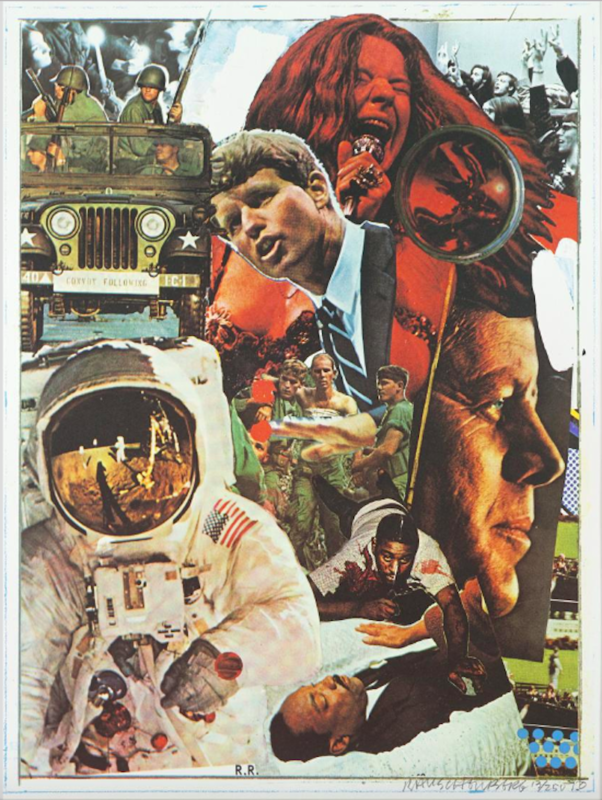
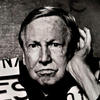

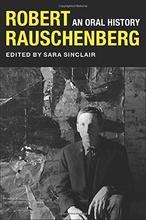
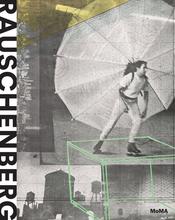








Usually a picture with a lot going in it is overwhelming. However, this artwork captures the intensity and "hippie" ambience that was so prevalent during this era. This really shows how something that may look complicated from the outside can really be quite straightforward with what it is trying to represent.